I'm a World's Fair Enthusiast 🎡

🌎 The Big Topic: The World's Fair
Do you ever associate a particular song with a time in your life or a place in your past? My friend Stephen Miller, in his most recent newsletter, reviewed the new Illinoise musical, which is based on Sufjan Stevens’s 2005 album, Illinois.
I fell in love with this album when I lived in Seattle for the summer of 2005. I had just read Erik Larson’s The Devil in the White City and learned about all the controversies and triumphs of the World’s Columbian Exhibition in Chicago in 1893. The Ferris Wheel, Cream of Wheat, PBR, Juicy Fruit, Cracker Jacks, the moving walkway, the brownie, and the City Beautiful movement all made their debut at the fair. The fair’s impact on American culture is now largely forgotten, but it was big at the time.
Stevens distilled much of the fair’s promise and drama into one song and I had never before heard a review of architectural criticism in music. Beyond that, I loved that the album’s songs were redolent of the culture and history of a single state and not solely about personal tribulations like most music. (Does the world really need another song about love or drinking too much?)
In this album and its outtakes album, Stevens covered a serial killer (John Wayne Gacy, Jr.), Superman (Metropolis), and a song about Adlai Stevenson during the Cuban Missile Crisis. This was not your typical songwriting!
Something else happened that summer of 2005: I came out. Stevens struck me as queer, but I wasn’t sure why. I was new to all of this—at least the public part of being gay and accepting it for myself. Maybe I had that feeling about Stevens because his music was sensitive in its nature, unconventional in its topics, and relatively quiet on heterosexual relationships.
A few months ago I read a review of the Illinoise musical and was surprised to learn Stevens had a male partner who had just died. Maybe that one summer I was more perceptive about the world than I had realized.
📺 The Screen

Hacks (Max)
I started watching the third season of Hacks, a comedy and drama series in which young comedy writer, played by Hannah Einbinder, helps an older comedian, played by Jean Smart, rekindle her career. The two have a symbiotic love-hate relationship that weaves together jokes and poignancy.
Like The Marvelous Mrs. Maisel, a show about a 1950s housewife who becomes a comedian, Hacks is a comedy about comedy and reveals how the sausage on TV is made: neurotic writers in back rooms workshopping jokes for the high-strung stars to perform.
Both shows illustrate how comedy writers tailor humor for specific audiences. The jokes the comedians tell on the TV-show-within-the-TV-show are different from the jokes in the main show. As viewers, we see how writers regard fictional mass audiences differently from us.

L’Agence (The Parisian Agency) (Netflix)
The fourth season of this French reality show follows the four Kretz brothers, who run a French real estate agency they recently took over from their parents. I like the program because of its vivid shots of Paris and its splendid luxury homes.
The Kretz family’s harmony stretches credulity and it’s obvious that some of the plot, like all reality TV, is staged. Nonetheless I get a chance to practice French and see how the characters drop unexpected English phrases into everyday French conversation. Super!
🚶♂️🐕 Wandering Around Washington
I’ve been dog-sitting Ollie, a nine-year-old Carolina dog (aka American dingo). He sleeps on my bed, eats two square meals a day, and is a certifiable very good boy.



I made it to my first concert at the Atlantis, a new concert venue whose roof recreates F Street of the 80s and 90s, the 9:30 Club’s original location.
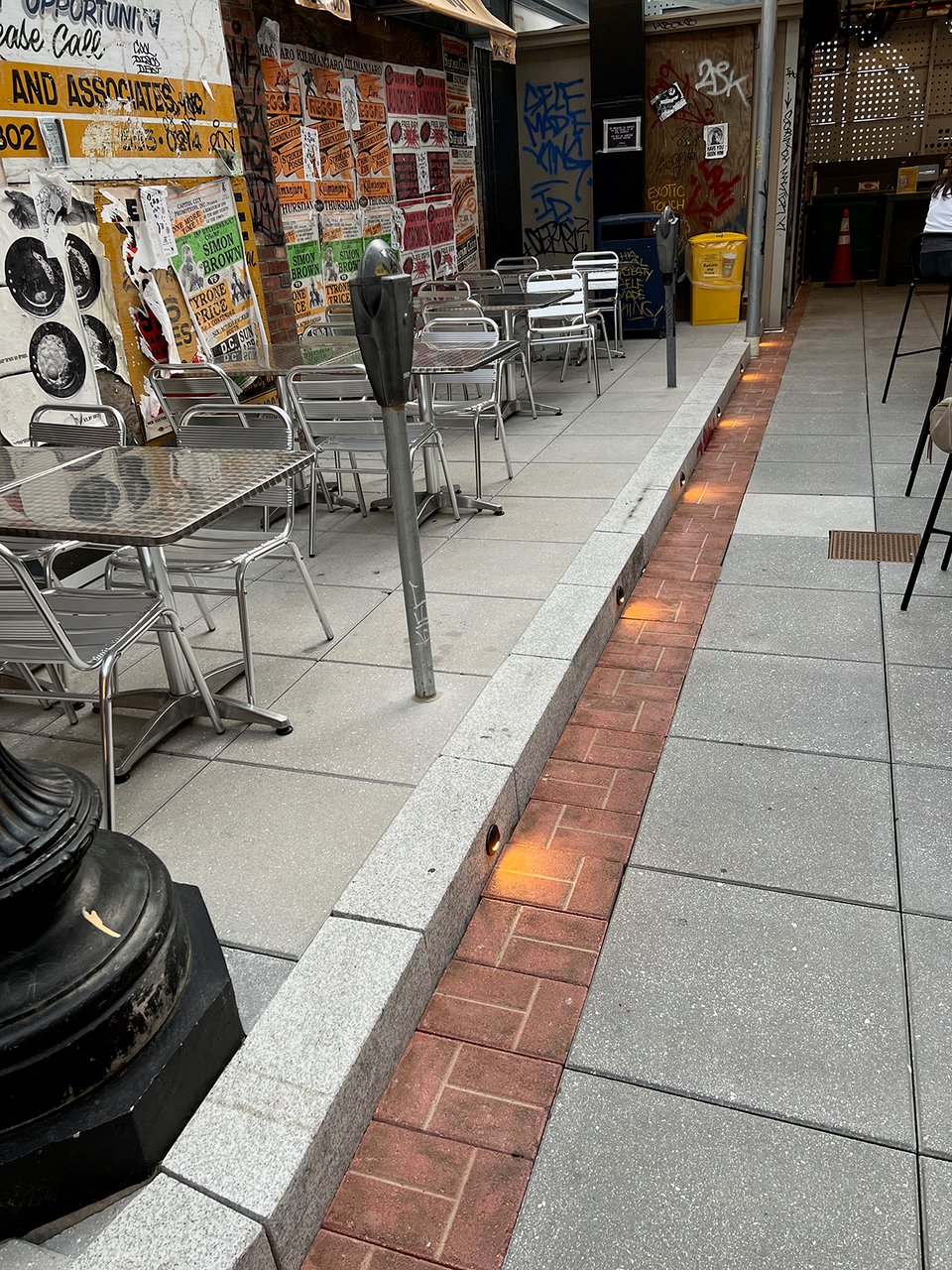
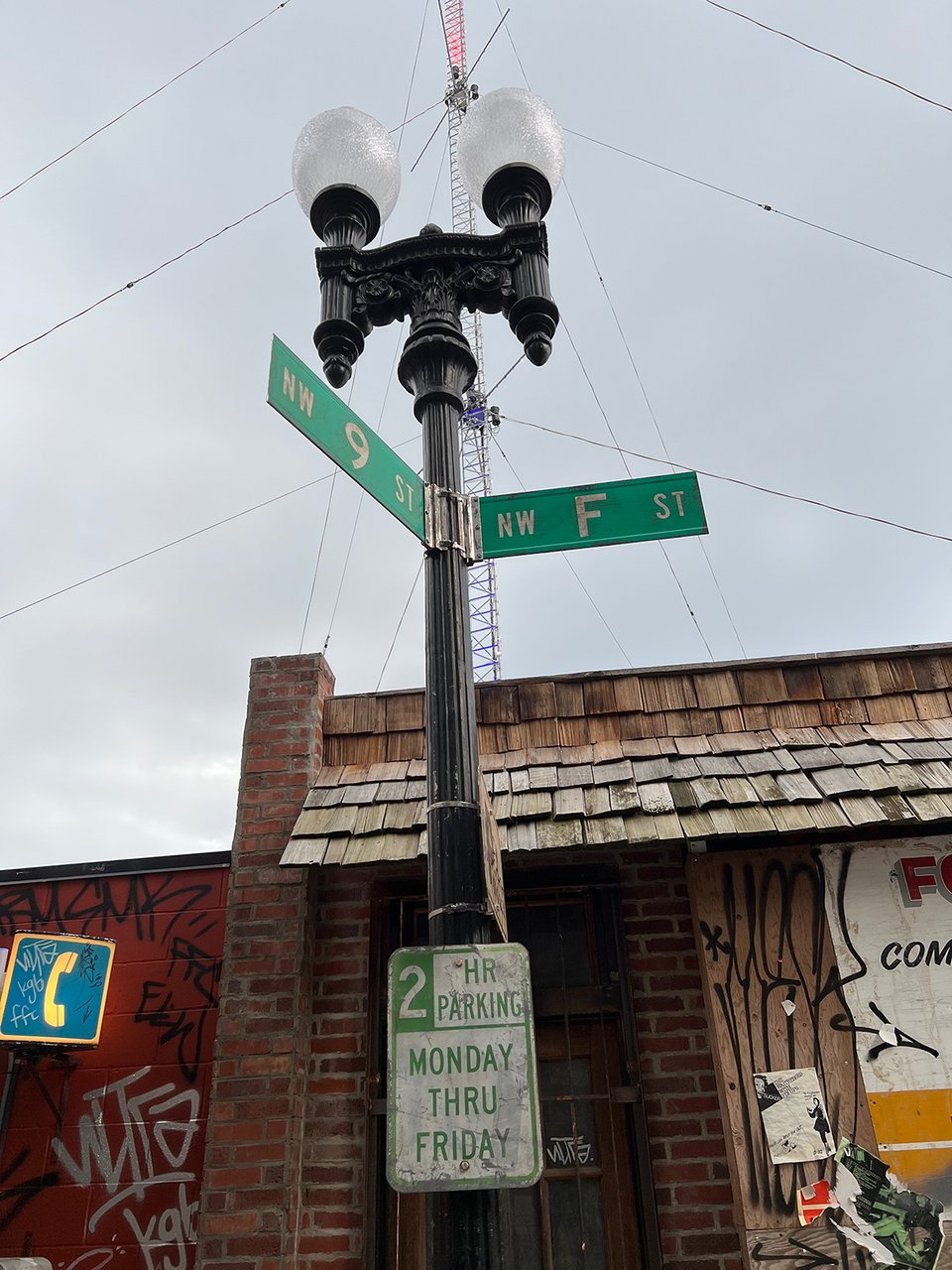
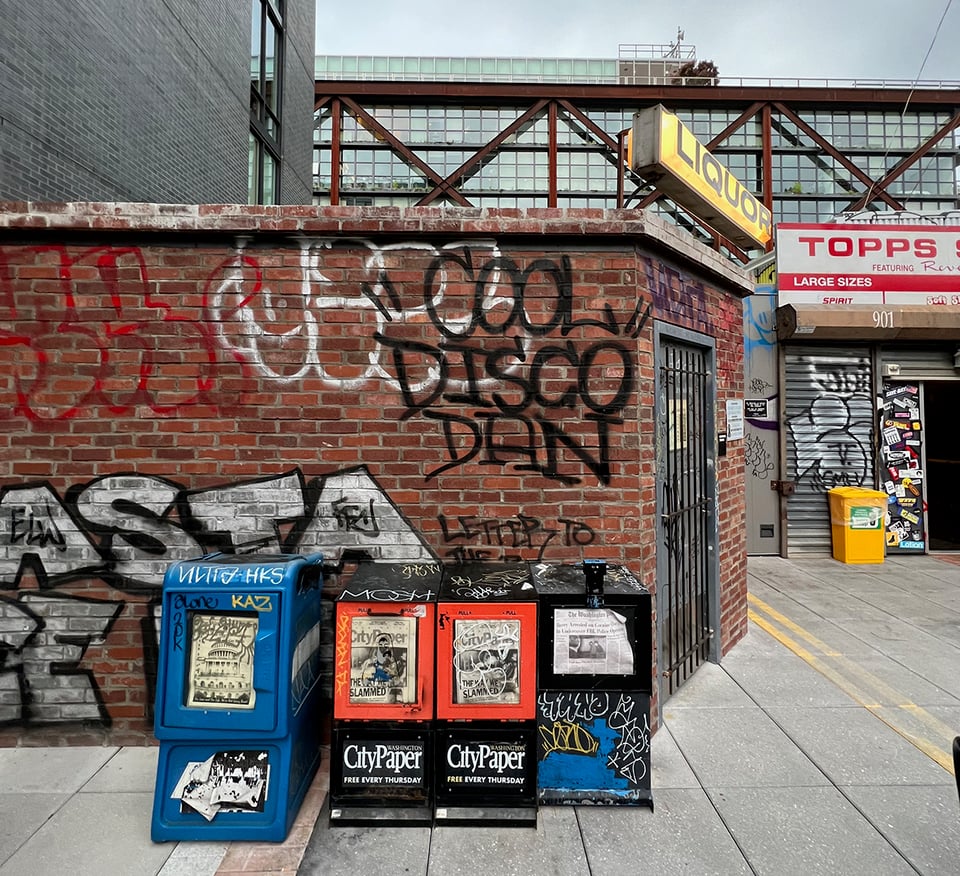
Yet another French restaurant opened in D.C., this time in a restored bank.

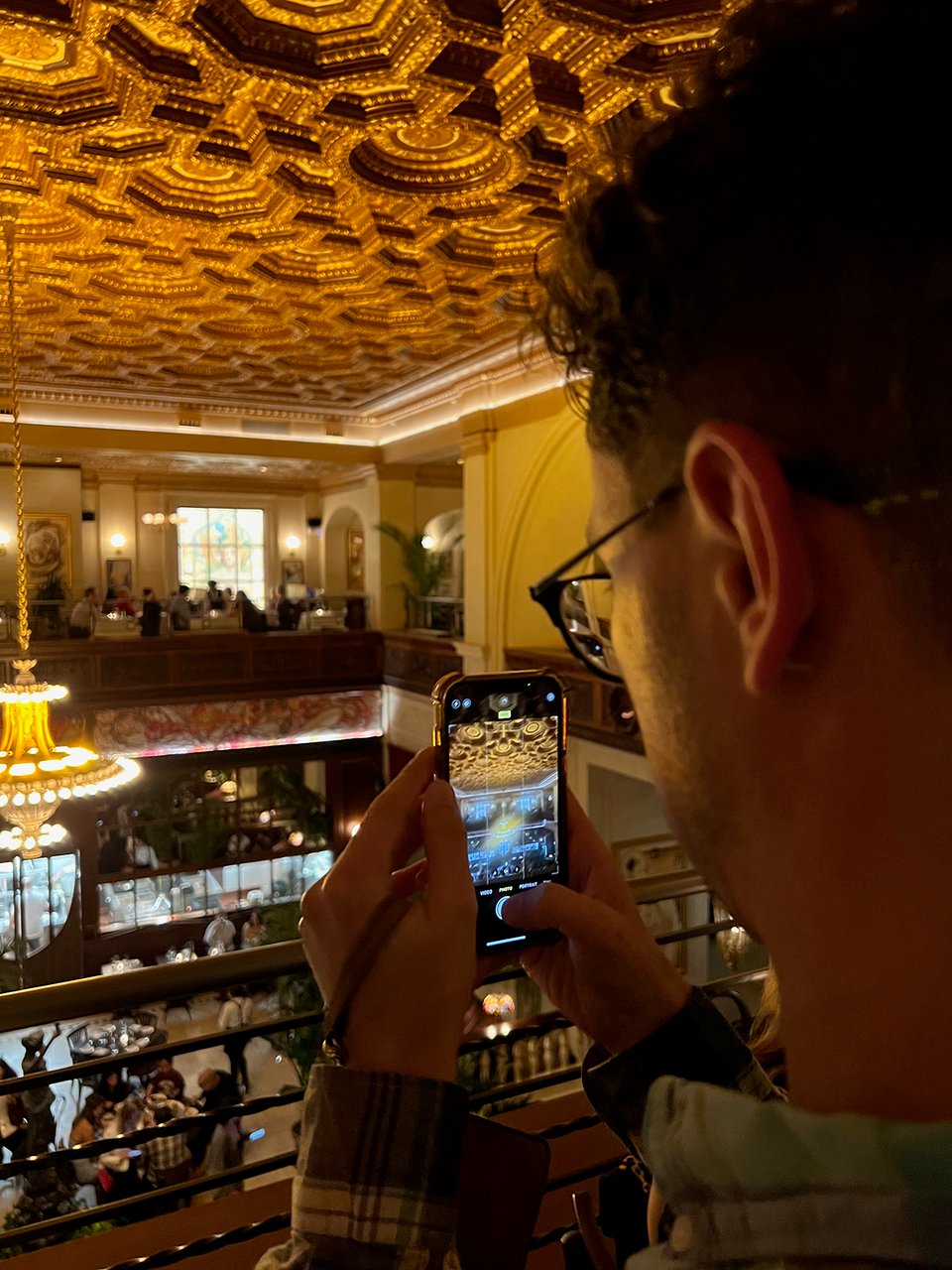
Some friends and I went to the Pope–Leighey House, one of Frank Lloyd Wright’s few homes in the Washington region.



Sundry sites:


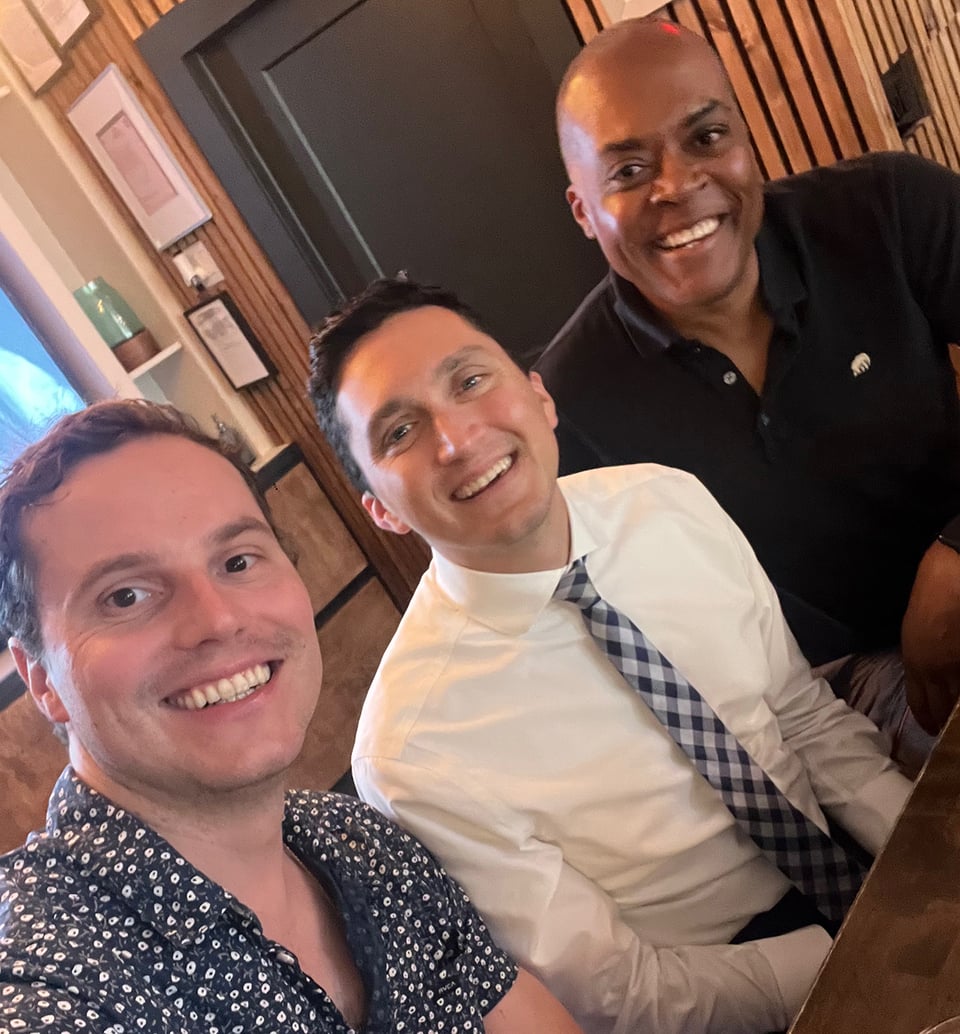
I started an Instagram account devoted to amusing D.C. license plates. 👉 Follow @districtplates 📸

🔗 Assorted Links
- 🎥 See rare video of northern lights dancing over the Washington Monument: A short window opened up just before dawn when the clouds parted. (Washington Post)
- 📝 Commanders may need to revive old logo if team wants to return to RFK Stadium. For one Senator from Montana, graphic design is his passion. (Axios)
- 📝 The Wydown Abruptly Shuts Down DC Coffee Shops Amid Unionization Fight: The business laid off 30 employees without notice. (Washingtonian) … The demographics of coffee shop employees make them likelier to unionize. (Axios)
- 📝 Cruise ships to return to Baltimore two months after bridge collapse: Royal Caribbean and Carnival temporarily relocated to Norfolk after the Key Bridge collapse in March. (Washington Post)
- 📝 Taxpayers Are About to Subsidize a Lot More Sports Stadiums: You would think that three decades’ worth of evidence would put an end to giving taxpayer money to wealthy sports owners. Unfortunately, you would be wrong. (The Atlantic)
- 📝 Why is Biden blocking the cheapest, most popular EVs in the world? Swing-state electoral politics. (Vox) & (New York Times) … China’s EV industrial policy is market-distorting dumping. (The Atlantic) … But America has its own market-distorting subsidies that benefit GM and Ford. (New York Times) … Jobs for some, higher consumer prices for everyone. (New York Times) … Biden is flip-flopping and Trump’s proposals are broader and worse. (New York Times)
- 📝 Confused by ‘Challengers’? ‘Evil Does Not Exist’? It’s intentional: Maddening movie endings may test viewers’ patience, but they’re a critical part of cinema. (Washington Post) … Actually, the Challengers ending is cathartic. (The Atlantic)
- 🎧 What’s so special about gold? For centuries this one element has been a favorite means of storing value. Other elements just aren’t so good at being money. (NPR)
- 🎧 How to Live in a Digital City: The vibrance, innovation, and cacophony of online life has a precedent: the city. (The Atlantic)
- 📝 The One Place in Airports People Actually Want to Be: Inside the competition to lure affluent travelers with luxurious lounges. (The Atlantic)
📊 The Numbers
Share of Metro riders who rate the system as good or excellent, up from 45% in 2017.
- Source: Riders give Metro high marks in poll but still worry about crime (Washington Post)
Share of Americans who are foreign-born, far lower than in Canada (21%) and Australia (30%) and slightly higher than in Britain (14%).
- Source: World Migration Report 2020. International Organization for Migration.
- Relevant in: How America tried and failed to stay White: 100 years ago the U.S. tried to limit immigration to White Europeans. Instead, diversity triumphed. (Washington Post)
📨 Letters to the Editor
A reader responds to the last issue’s essay on my long walks.
Sir, I'm really impressed by your walking schedule and your desire to walk the major avenues of our beautiful city. Sometime ago, during the pandemic, a person I follow on Instagram walked every single block of Manhattan. Have you considered doing this in the District? And if so, how much time would it take for you to do so — not to mention the cost of the many cups of coffee and handful of pastries to fuel you? —Zach, Adams Morgan
In 2020 a man ran every street an alley in DC. It took him nine months. Another D.C. man did it over two years and wrote neighborhood guides about what he found.
Readers respond to my lessons from temporary teetotaling:
Not drinking and walking is how you got skinny. Anything else you have up your sleeve between now and Memorial Day? —Russell, Phoenix
Not Ozempic.
On my review of the new movie Challengers:
You did however omit any mention of how good the score for Challengers is tho. The music helps make so much of that movie! —Barrett, U Street
Mea culpa! Trent Reznor and Atticus Ross of the Nine Inch Nails composed the soundtrack that Entertainment Weekly describes as a “pulsating, synth-filled composition that ratchets up the tension until it’s taut as the strings of a racquet.”
Unrelated to my newsletter, I am living in two readers’ heads rent-free:
You were in a dream last night. It was Thanksgiving and … we went out for dinner and you took us to a burger place in Georgetown. It was owned by a straight couple you were in a throuple with. They also owned a Vietnamese restaurant in Old Town [Alexandria] which you sometimes worked at. —Anonymous
Another reader recounted:
You were in one of my dreams last night. We were plotting to steal money from [a mutual friend’s] mother. And then you were showing us how to breed toxic flies that emitted purple gases. —Anonymous
Obvious fictions! I would never go to Georgetown just for a hamburger.
🎬 The Wrap
Last year a friend told me he was reluctant to use anti-anxiety medications because he didn’t want to be reliant on medication for a psychological issue. I asked him if he would feel the same way about using a heart medication. He admitted he would not.
The distinction is the stigma applied to afflictions of the mind over other health afflictions. (To mitigate this, I’ve consciously rephrased “mental health” as simply “health” in most contexts.)
Enter blockbuster GLP-1 drugs like Ozempic. These drugs were originally designed to treat diabetes, but they also suppress patients’ appetites, resulting in significant weight loss.
Food and weight are fraught personal and social topics and naturally the drugs have lit a simmering discourse ranging from airlines’ reduced fuel costs, to the survival of the snack industry, to Denmark’s GDP figures, to whether unequal access to healthcare means that only poor people will be obese in the future.
Into this fray, journalist Johann Hari explores Ozempic stigma, something that will become more pronounced as these drugs become more accessible to the broader population.
Hari establishes a context in which the food industry has engineered food to be tasty, cheap, and plentiful with the downside that it’s bad for us in large portions.
Hari posits two theories about why people might view Ozempic, but not other medications, as morally suspect. One is a cultural bias that sees obesity as reflecting an individual’s moral failing for which no medication is a cure. This is similar to moral panics over contraception and PrEP.
Hari’s other theory, which I found more interesting, is that for many people thinness and fitness are competitions, like sports, that have rules of fair play:
Ours is a society full of people fighting against the forces in our food that are making us fatter. It is often painful to do this: You have to tolerate hunger or engage in extreme forms of exercise. It feels like a contest in which each thin person creates additional pressure on others to do the same. Looked at in this way, people on Ozempic can resemble cyclists like Lance Armstrong who used performance-enhancing drugs. Those who manage their weight without drugs might think, “I worked hard for this, and you get it for as little as a weekly jab?”
If you view your physique as a contest for which fitness is the earned reward of sacrifice, a jab looks like cheating. If instead you view fitness as a complicated state with biological, social, and economic idiosyncrasies— i.e. no one is ever cycling on the exact same racetrack— it’s harder to see a morality tale with clear villains and heroes.
Upon some reflection, I admitted that I view the world of ideas as a competition with weighty rules of fair play: check your facts, evaluate your sources’ credibility, and provide proper attribution to others’ words, works, and ideas. These habits produce sound journalism and academic papers, but can make casual conversations contentious, pretentious, and tedious.
In fact, while researching a few more essays in the Ozempic Discourse, I found Rachael Bedard’s convincing plea to relax the sociology and body politics that appeal to the agenda-setting chattering classes in elite publications (and to brainy gay men with self-published newsletters) and to focus on the prosaic, unglamorous, yet serious health concerns of people suffering chronic conditions without media platforms:
Not one of the first-person essays and opinion pieces that I read last year was written by a person with serious chronic illness. Never hearing this perspective means we don’t actually understand the experiences of the people who most stand to gain from Ozempic’s arrival.
…
America’s silent majority of chronic-disease sufferers — dying prematurely, disabled, or on dialysis — desperately need this drug. For them, taking this medication and losing weight isn’t a question of succumbing to vanity or vanquishing one’s inner critic.
Over the past few years, I tell myself that if I’m starting to use the language of a graduate school student, my concerns may be detached from reality. I need to check myself!
On that note, I’m off to the beach. 🏖